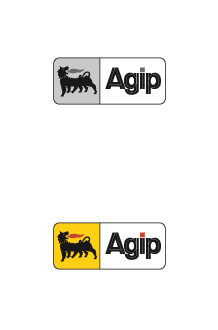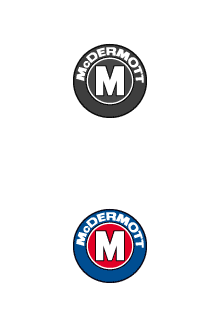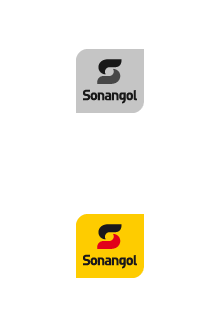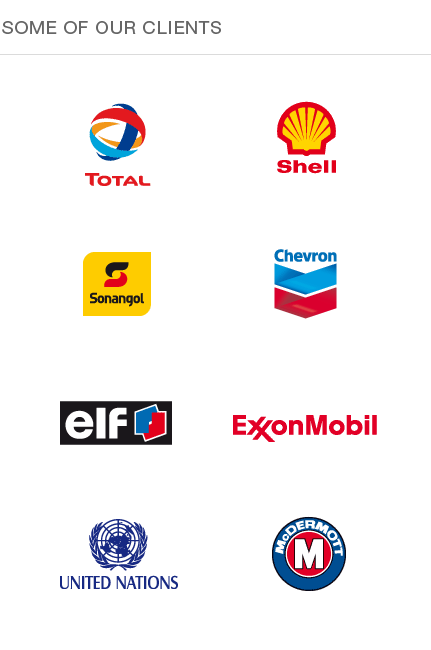Offshore Construction
Offshore construction is a term given to the process of building offshore, generally related to the production and supply of electricity, oil and gas. This can involve installations of structures and pipelines or constructing a larger piece of machinery.
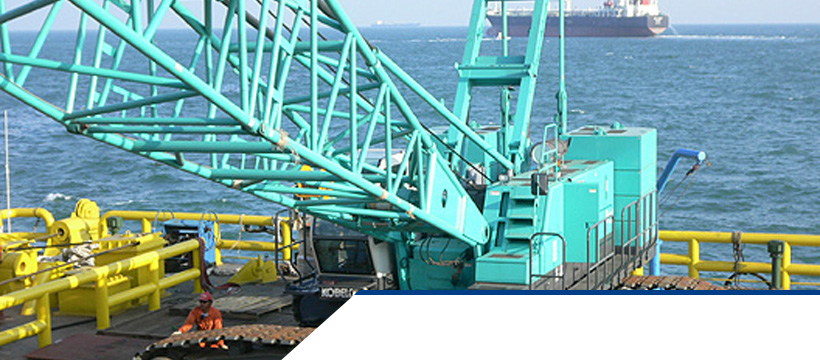
In order to reduce heavy lifting in offshore construction a lot of the structures are assembled on the mainland, these can include oil drilling rigs, pipelines and oil platforms. These structures can usually be transported out to sea using a Crane Vessel or Transport Barge, where they are fitted together, then towed to the offshore installation site using floating devices to hold their weight.
Oil platforms and drilling rigs usually house engineers where work can be carried out such as the pre-drilling of production wells. Drilling rigs can be divided into Semi Submersible type used for deeper water and the Jack Up Barge whereby the drilling rig has a number of legs -usually between 3 and 8- that can be lowered to the seabed, after which they are used to jack the drilling rig clear of the sea level so there are no adverse effects of the waves. Due to the marine environment, floating vessels referred to as flotels are used to accommodate workers throughout the construction period.
There are different types of vessels adopted for pipe laying; the key ones include the "Derrick Barge (DB)", the "Derrick/Lay Barge (DLB)" and the "Pipelay Barge (LB)". Diving bells are employed when the sea is deeper than 120ft. Bells can reach as deep as 1500ft but are normally only used at a maximum of 800ft. In shallower waters a metal basket driven from the 'A' frame taken from the deck is applied by the divers. The basket is then lowered at sea level and divers can insert themselves into the water, reaching a maximum depth of 120ft.
The weather plays a very significant role in offshore construction because of the risky nature of the activity. The weather window is used to define whether it is suitable to carry out offshore projects, depending on wave heights and wind speed etc. It is very important to follow safety regulations whilst working in this sort of environment and in the event of someone falling into the water it is vital to execute the necessary measures to recover them as soon as possible.
Intership Ltd owns and operates several barges used in Offshore construction
The 'Camelot' vessel is an Accommodation Work Barge, currently with 850 persons capacity that can be increased up to 1000, on deck machinery includes crawler cranes, a deck crane, a pedestal crane, a forklift, tugger winches, workshops and a helideck. To see the full specs for the Camelot barge, click here.
The Camelot barge was was built in 2006, Samsung, China and Upgraded / modified in Vietnam in 2010.
